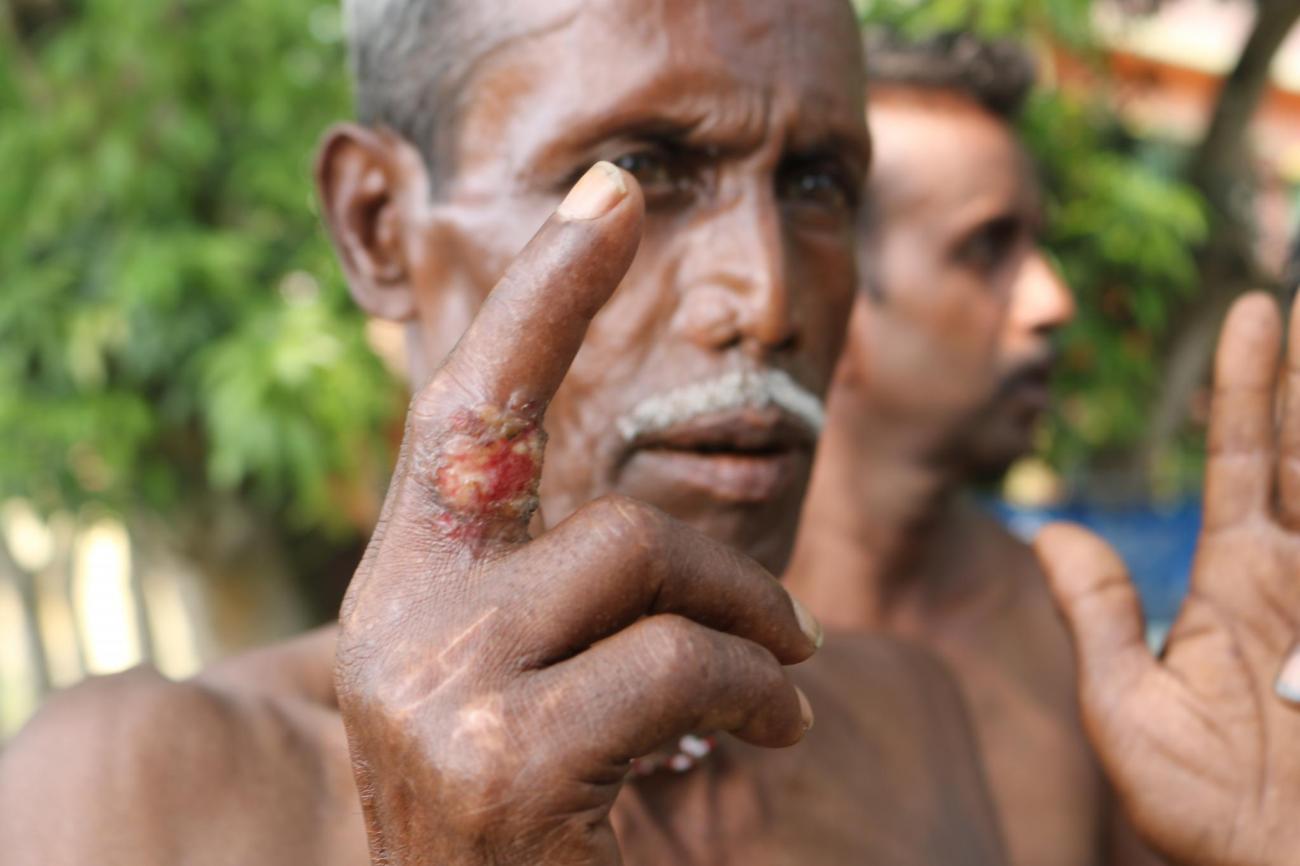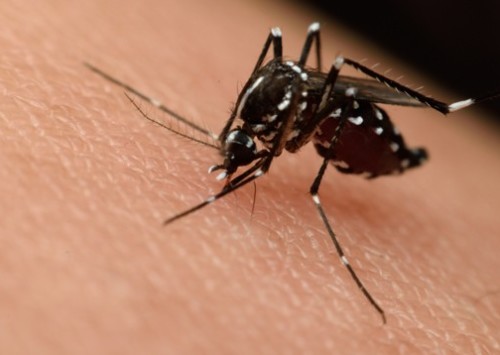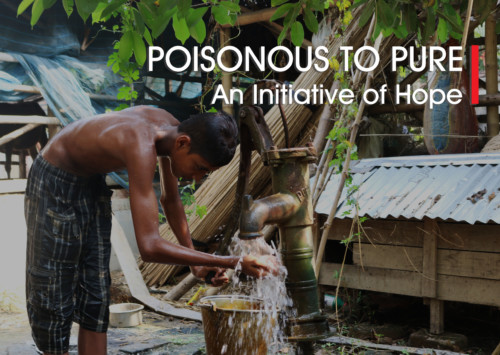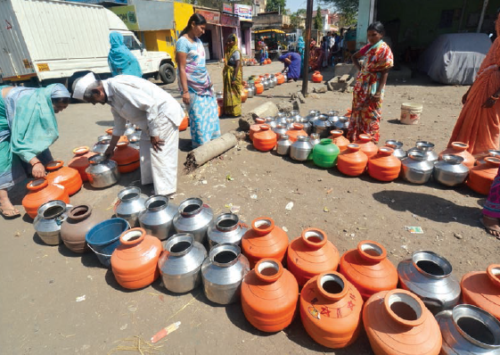World Water Week 2017

Per capita availability of fresh water in India declined by more than 50 pc in the past 50 years, and preserving every drop of groundwater is critical to its water security.
As the world observes 2017 World Water Week from August 27-September 1, over 180 million people lack basic drinking water in countries affected by conflict and unrest. And for India, where per capita availability of fresh water declined by more than 50 pc in the past 50 years, preserving every drop of groundwater is critical to its water security.
Though there’s adequate fresh water for every one on the planet, inappropriate management and infrastructure makes thousands of people lose their life each year from diseases associated with inadequate water supply, sanitation and hygiene. After all, how far can we go without clean water?
World Water Week organised by Stockholm International Water Institute (SIWI) is the annual meet to discuss global water issues. This year, the week addresses the theme ‘Water and Waste: Reduce and Reuse’ with world leaders, water experts and policy-makers in Stockholm – finding ways to better use, and reuse, the world’s increasingly scarce fresh water. The theme touches the core of people’s daily lives and also looks at changes that needs to be made, especially by the primary water users, including industries, energy producers and farmers.
According to the United Nations Children’s Fund (UNICEF), over 180 million people remain deprived of clean drinking water – especially in countries damaged by unrest, among them children surviving in fragile situations are four times more likely to lack access to clean drinking water.
#WaterWomen
Women play critical roles in aspects of water governance, yet they are visibly missing from the water dialogue. Thus, to spread awareness about water week and promote the role of women as decision makers, water managers and effective water users, through #WaterWomen campaign and photo contest, SIWI aims to collect images that illustrate these important roles and tell the stories of women as invaluable water managers, decision makers and users.
Water and waste in India
Every morning, Sapan Das goes to the water filtration plant in his village, established a year ago by a New Delhi-based NGO, Sulabh International. This plant is the only source of clean water as tube wells in the vicinity have been found to be contaminated by arsenic.
Like Das, people in the Madhusudan Kati village, West Bengal had been drinking water from the wells for the last 20 years without knowing that the water was poisonous, till they found symptoms of illness, which doctors then detected to have been caused by the contaminated water in the village.
There are more than 200 tube wells in the village – all found to be arsenic-hit. However, fortunately, the NGO is now providing fresh and clean water at inexpensive rates to the villagers.
In India, arsenic contamination first surfaced in West Bengal in 1983 and over the years in other states too, like Jharkhand, Bihar, Uttar Pradesh, Assam and Manipur – leading to skin ailments and cancer.

Exposure to arsenic – hundreds of people in India fall victims to chronic skin keratosis or skin cancer
Due to the fast growing population and declining availability of freshwater, water scarcity is increasingly becoming common. And for India, preserving every drop of groundwater is critical to its water security.
Drought of 2015-16 resulted in a serious clean drinking water crisis in most villages across 10 states in India, affecting the health and well-being of nearly 40 million children. Apart from access to safe drinking water for women and children, performance of services and institutions, including schools and health centers, is also impacted.
Moreover much to the Indian government’s disappointment, among the villages that had almost become free of open defecation, between 60-90 pc of the households resorted back to open defecation because of lack of water.
Water everywhere; safe for all?
A group of blue coloured dogs were spotted earlier this month in the western Indian city of Mumbai. Upon inspection, the authorities came to know about manufacturing companies dumping dyes and untreated industrial waste in the Kasadi river, where animals often swim, highlighting that the water around us is unsafe for humans and animals alike.
Add to that the heavy monsoon rains have flooded Mumbai with water everywhere causing people to be stuck on the roads and struggling to get clean drinking water.














